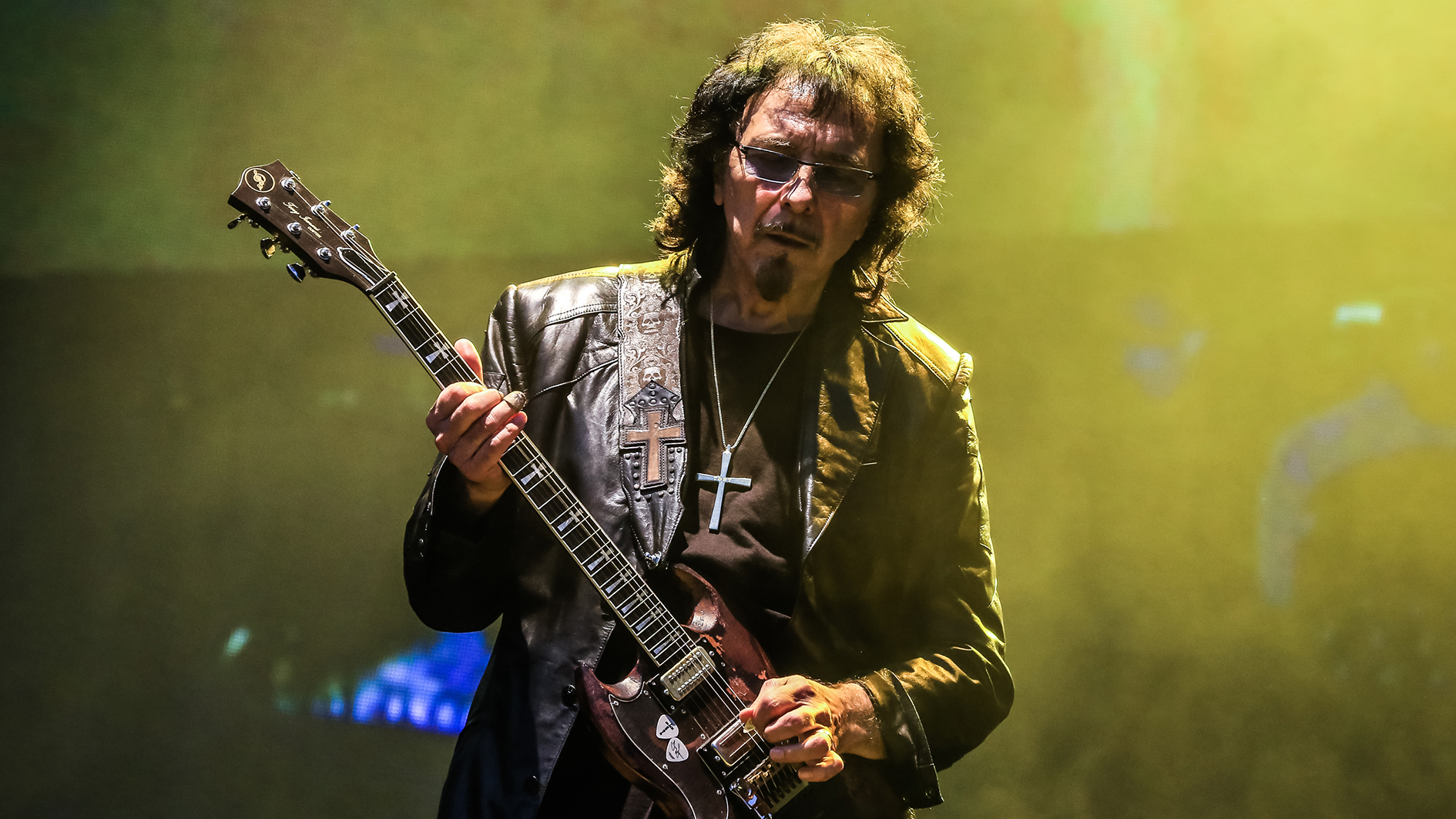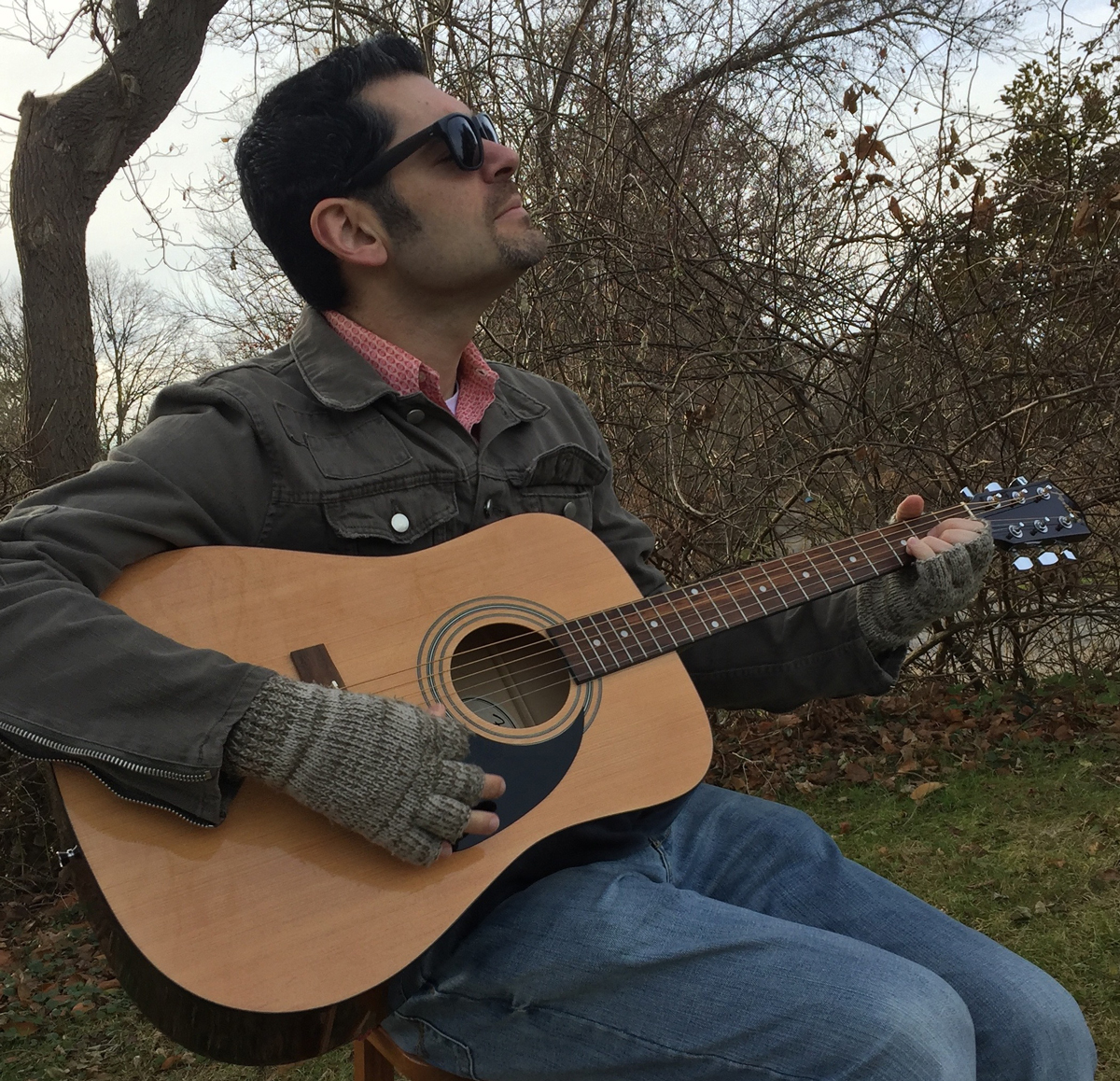Tony Iommi names his top 5 Dio-era Black Sabbath riffs
Ahead of the reissues of two classic Ronnie James Dio-fronted Black Sabbath albums, the godfather of heavy metal takes a trip down memory lane

When a longtime singer is replaced in a rock band, it seems that, usually, their fanbase rejects the change. And when Ozzy Osbourne left Black Sabbath in 1979, it wasn’t unreasonable to assume that it would mark the end of Sabbath – especially considering their previous two albums underperformed on the charts and were not up to par with the band’s earlier classics.
But then Ronnie James Dio entered the picture. Fresh off exiting Rainbow, Dio breathed new life into Sabbath, who sounded re-energized and re-focused on the resulting two albums, 1980’s Heaven and Hell and 1981’s Mob Rules.
On March 5, 2021, both will be reissued as remastered/expanded editions. To mark the occasion, guitarist Tony Iommi recounted the writing of five classic riffs from the era.
1. Neon Knights
“That was done I think in Jersey. We had gone to the Jersey Isles – on the way back from America. I came back to England too early, and I had to get out, quick. Because my accountant said, ‘Get out! You’re back too early – just go somewhere.’
“I said, ‘Well, where am I going to go?’ He said, ‘Just go anywhere. Just get out of the country!’ So, I got the first flight out to wherever, and it happened to be the Jersey Islands. I went there for two or three weeks or so, and stayed in a hotel.
“I think I came up with the ideas for Neon Knights, and we ended up going to Paris – because I couldn’t come back into England again. And everybody came over to Paris – Ronnie, Bill, and Geezer – and we ended up using a studio in Paris [Studio Ferber], and recorded Neon Knights.”
2. Children of the Sea
“The idea of Children of the Sea was before Ronnie came in. We’d demoed this idea with Oz – and he put a melody line on Children of the Sea. But we never ended up using it, because we’d parted company with Ozzy at that point.
Get The Pick Newsletter
All the latest guitar news, interviews, lessons, reviews, deals and more, direct to your inbox!
“So, we only had a bit of it. And then we put a beginning on Children of the Sea, when Ronnie came in and worked on a beginning. And I had the initial heavy riff, but didn’t have the beginning. So, we worked on the beginning, and built that song up when Ronnie came in, really. And that was in LA.”
3. Heaven and Hell
“Heaven and Hell again was from that same period. It was Ronnie, myself, and Bill. Ronnie was just plodding along [on bass, who briefly stood in for Geezer], so I could put a riff to it.
“And then I got Geoff Nicholls over, and he carried on playing the riff – while we put the song together. It was just basically played to Bill’s drums. And I just came up with this riff.”
4. The Sign of the Southern Cross
“We were in LA at a rehearsal studio, and we ended up jamming and coming up with these ideas – which most of them would come up as a jam. And ‘Oh yeah, we’ll use that,’ and put another bit to it. Just built the song up, really. Geezer had this pedal board, and he started playing an effect, and we then put a heavy riff to it.”
5. The Mob Rules
“That was done in London. That was done in John Lennon’s house, actually. We recorded it in his studio there – the initial one [the song would be recorded two times, once at Tittenhurst Park for the Heavy Metal Soundtrack and later for the Mob Rules album in Los Angeles].
“And we used the equipment that was there – which I think I used an AC30, Geezer used whatever bass amp that was there, and Vinny had his drums set up in the hallway of the house. So, we had mics around the house in different rooms.
“We wrote the song in the room where John Lennon did the “Imagine” video – that white room with a piano in it. That’s where it was written, and then we ended up recording it there, as well – in different rooms.
“But, when we’d done the Mob Rules album we’d done a different version – because Martin Birch wanted to re-record it, so it’s all in the same vein, all in the same block. Because Martin Birch was not the original one – we used John Lennon’s engineer at that time.
“[The use of a tremolo bar in the riff] was very unusual for me – because I never used to use them. Obviously, nowadays, everybody uses them. I’m not really good with them – it was just a divebomb. That was it. I think I had a SG with a tremolo at that time.”
The remastered/expanded editions of Heaven and Hell and Mob Rules are available for purchase here.
Greg is a contributing writer at Guitar World. He has written for other outlets over the years, and has been lucky to interview some of his favorite all-time guitarists and bassists: Tony Iommi, Ace Frehley, Adrian Belew, Andy Summers, East Bay Ray, Billy Corgan, Alex Lifeson, Geddy Lee, Les Claypool, and Mike Watt, among others (and even took lessons from John Petrucci back in the summer of ’91!). He is the author of such books as Grunge Is Dead: The Oral History of Seattle Rock Music, Shredders: The Oral History of Speed Guitar (And More) and Touched by Magic: The Tommy Bolin Story.
Ozzy Osbourne’s solo band has long been a proving ground for metal’s most outstanding players. From Randy Rhoads to Zakk Wylde, via Brad Gillis and Gus G, here are all the players – and nearly players – in the Osbourne saga
“I could be blazing on Instagram, and there'll still be comments like, ‘You'll never be Richie’”: The recent Bon Jovi documentary helped guitarist Phil X win over even more of the band's fans – but he still deals with some naysayers











